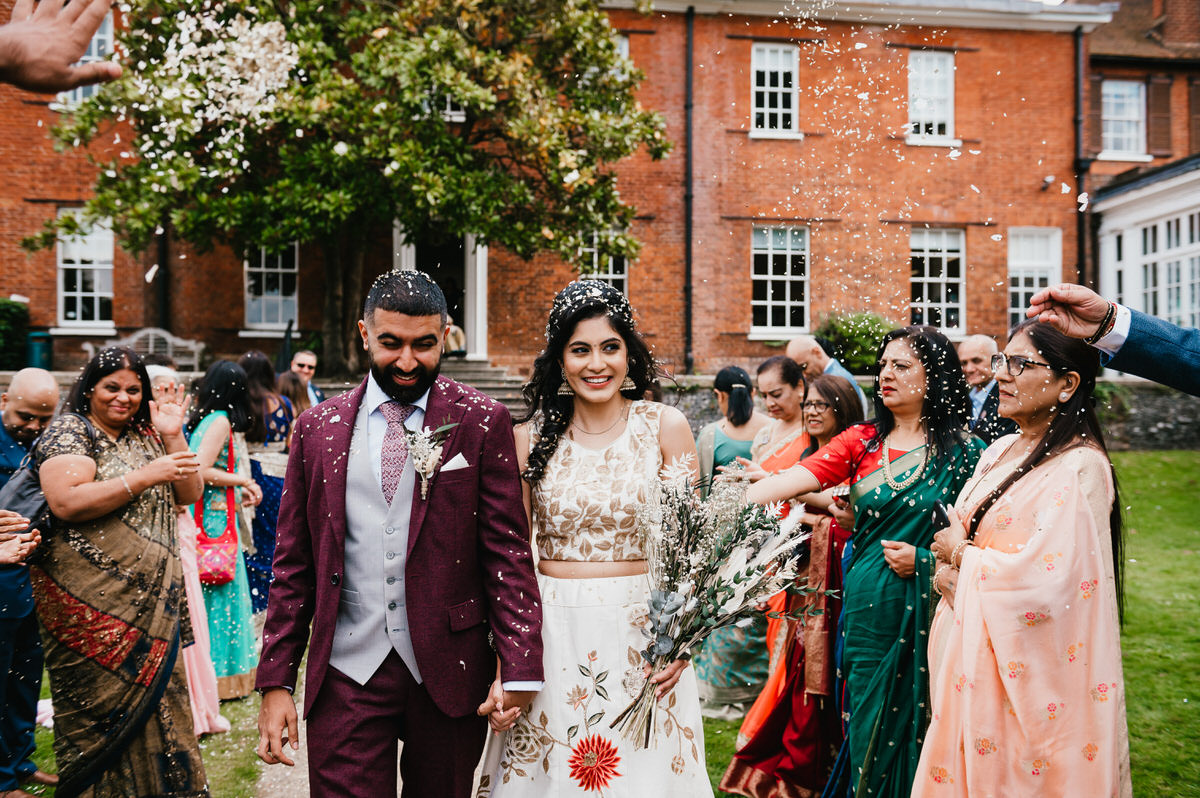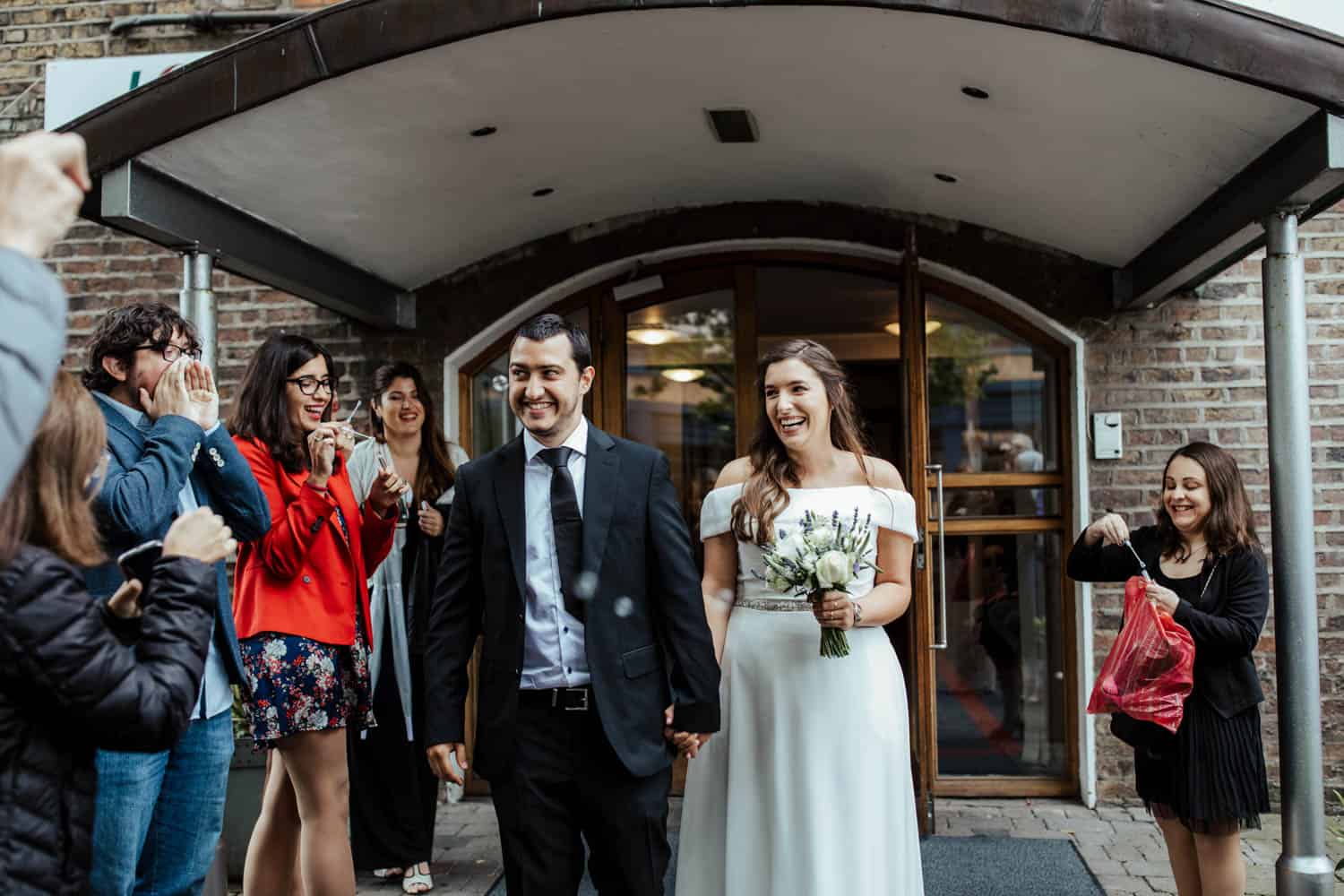I. Introduction

A. Definition and overview of a registry wedding A registry wedding is a simple and intimate ceremony held at a registry office, where couples can legally marry in the presence of a registrar and a few witnesses. It offers a straightforward alternative to traditional elaborate weddings.
B. Increasing popularity and appeal of registry weddings More couples are opting for registry weddings due to various reasons, including financial considerations, preferences for simplicity and efficiency, or the desire to focus on the commitment rather than the ceremony itself.
II. The Basics of a Registry Wedding
A. Understanding the concept of a registry office
- Definition and purpose A registry office is a government office specifically designated for registering births, marriages, and deaths. It serves as a venue for civil ceremonies, including registry weddings.
- Legal implications and requirements Registry weddings have legal significance and require couples to meet certain criteria, such as obtaining a marriage license, providing identification, and fulfilling any residency or citizenship requirements.
B. Choosing a Registry Wedding

- Factors to consider when opting for a registry wedding Couples should consider factors such as budget, personal preferences, guest list size, and desired simplicity when deciding on a registry wedding.
- Benefits of a registry wedding compared to traditional ceremonies Registry weddings offer advantages such as cost-effectiveness, convenience, reduced planning stress, and the ability to focus on the commitment to each other rather than extravagant ceremony details.
III. Planning a Registry Wedding
A. Legal Requirements and Paperwork
- Obtaining the marriage license Couples need to follow the legal procedures for obtaining a marriage license, which typically involves providing necessary documents, completing forms, and paying required fees.
- Providing necessary documents and identification Couples must provide legally required documents, such as birth certificates, identification cards (e.g., passports), and proof of address, to fulfill the registry office’s requirements.
B. Guest List and Invitations

- Determining the size of the guest list Registry weddings often involve a smaller guest list, usually limited to close family and a few close friends.
- Sending out invitations and managing RSVPs Couples can choose to send printed or electronic invitations to their guests and manage the RSVPs accordingly, ensuring a smooth guest count for the ceremony.
C. Ceremony Details
- Selecting a suitable registry office or venue Couples can explore different registry offices or approved venues to find a setting that suits their preferences and fits the desired aesthetic for their wedding ceremony.
- Considering additional decor and personal touches within the registry office guidelines While registry offices typically have guidelines on decor and personalization, couples can still add personal touches with small details like floral arrangements, meaningful readings, or personalized vows.
IV. The Registry Wedding Ceremony

A. Order of Events
A registry wedding typically follows a streamlined order of events that are specific to the registry office’s guidelines.
- Pre-ceremony gathering and arrival Before the ceremony, the couple and their guests gather at the registry office. This is an opportunity for everyone to greet each other, share excitement, and prepare for the ceremony.
- Exchange of vows and rings During the ceremony, the couple exchanges vows, expressing their love and commitment to one another. The couple also exchanges rings as a symbol of their lasting bond.
- Signing the marriage certificate After the exchange of vows, the couple and two witnesses sign the marriage certificate, making the marriage legally recognized. This formalizes the wedding and marks the completion of the ceremony.
B. Personalizing the Ceremony
- Choosing meaningful readings or poems Although a registry wedding may be a simpler ceremony, there is still room for personalization. Couples can choose meaningful readings, poems, or passages to be read by themselves, a friend, or a family member during the ceremony. These readings can reflect their love story, values, or shared aspirations.
- Incorporating music or special rituals Music plays an important role in setting the atmosphere during the ceremony. Couples can choose songs that hold sentimental meaning for them or hire musicians to perform live music. Additionally, they may opt to include special rituals such as candle lighting or a unity ceremony to symbolize their union.
V. Post-Ceremony Celebrations and Considerations
A. Reception Options
- Intimate post-ceremony celebrations After the ceremony, couples can choose to celebrate with a small gathering of close family and friends. This could be a luncheon, dinner at a restaurant, or a private gathering at a home. These intimate celebrations provide an opportunity for the couple to spend quality time with loved ones and share their happiness.
- Alternatives to traditional receptions Registry weddings offer flexibility in terms of reception options. Couples can explore alternatives to traditional receptions such as hosting a cocktail party, organizing a picnic in a park, or planning a destination celebration. These alternative approaches can create unique and memorable experiences while keeping the celebration intimate and personal.
B. Legalities and Formalities
- Registering the marriage with the appropriate authorities After the registry wedding, the marriage needs to be registered with the appropriate authorities as per the local regulations. This ensures that the marriage is legally recognized and enables the couple to obtain a marriage certificate.
- Changing legal documents and notifications Following the registration, the couple may need to update their legal documents to reflect their new marital status. This includes changing names on identification documents, updating health insurance policies, and notifying relevant agencies or organizations about the marriage.
VI. Conclusion
In conclusion, a registry wedding offers a simple and intimate ceremony option focused on the legal recognition of marriage. The order of events typically includes a pre-ceremony gathering, the exchange of vows and rings, and the signing of the marriage certificate. Despite its streamlined nature, couples can personalize the ceremony through meaningful readings, music, and other rituals.
Post-ceremony celebrations can be small and intimate, allowing the couple to spend quality time with loved ones. Alternatives to traditional receptions provide flexibility in creating unique and memorable experiences. Couples should ensure they follow the necessary legalities, including registering the marriage and updating important documents.
Ultimately, a registry wedding emphasizes the celebration of love and commitment in a way that is meaningful and personalized for the couple. It allows them to focus on their union and the start of their journey together.

